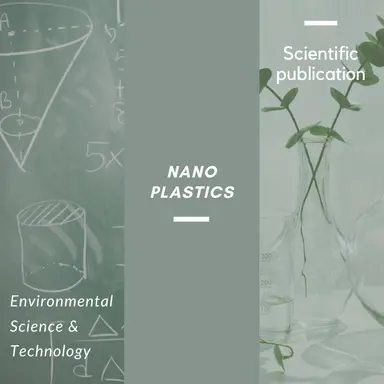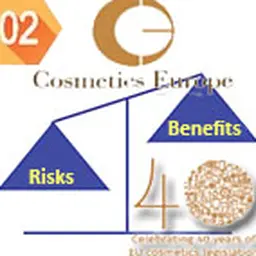
According to a recent study, published in the Journal Environmental Science & Technology, plastic nanoparticles could enter liver and lung cells and disrupt their normal processes, which could have adverse health effects.
In their introduction to this study, the researchers first point out that plastic particles with a diameter of less than 100 nm (nanoplastics (NPs)) have been extensively manufactured and used as engineered nanomaterials in various products. In particular, NPs are used in numerous consumer and personal care products, such as microbead-containing shampoos and scrubs.
Many products that we bring into our homes are made of plastic or wrapped in plastic packaging — all of which could release micro- and nanometer-sized pieces that could be accidentally consumed or inhaled.
Furthermore, human activities have resulted in the discharge of large amounts of plastic waste (∼99 million tons), which can continually release secondary NPs during degradation under the action of ultraviolet radiation, hydrolytic processes, mechanical abrasion, and biological processes.
The widespread application and secondary production of NPs have resulted in environmental contamination with a measurable concentration of 0.04 mg/mL in the aquatic environment. The accumulation of plastic particles in the organs of marine life has been well documented, and these particles can bioaccumulate in higher trophic biological species via the food chain, which may ultimately lead to environmental exposure in humans. However, NP-related health impacts on humans are not well understood.
Although the …













